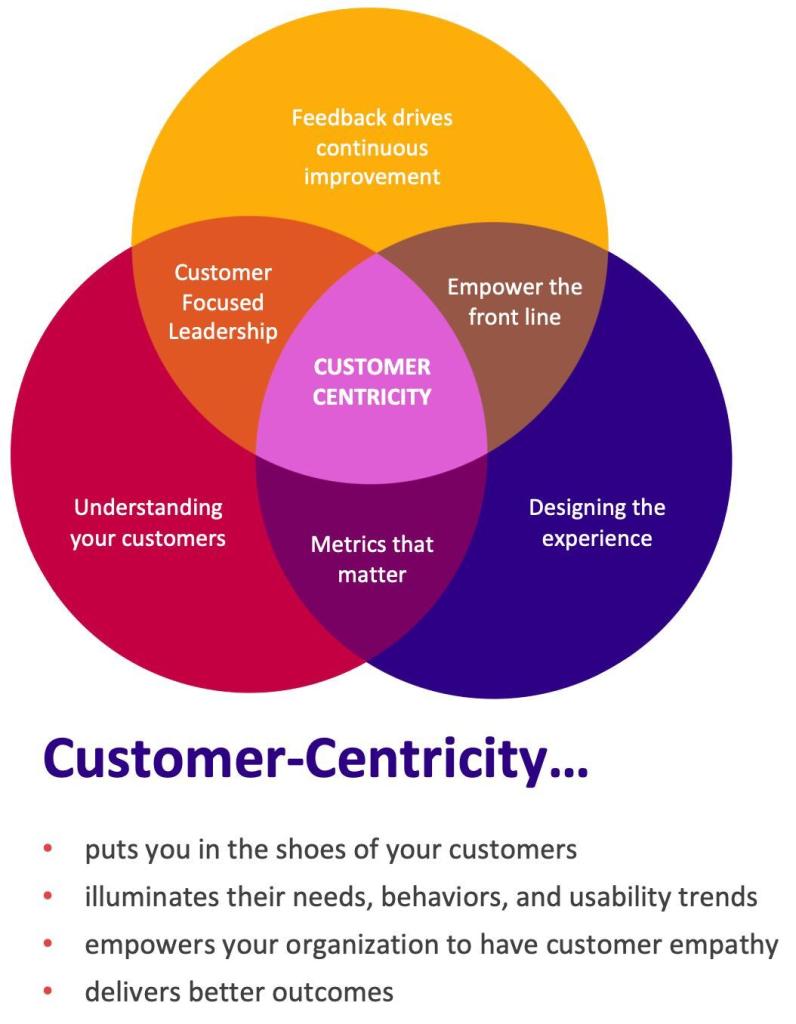Resilience was the theme at this year’s Women of Silicon Valley event held in San Francisco on May 10–11. As a woman leader in tech, I had the honor of speaking before the elite group of women who make up part of the melting pot of technology and innovation that is Silicon Valley.
I addressed resilience by sharing my personal experiences with adversity over the span of my two-decade career in technology. What I learned is that, by leaning into adversity and challenging the status quo, we can turn adversity into resilience. Resilience is like a muscle that becomes stronger when worked. Organizations are waking up to the fact that diverse companies are innovative companies. Diversity of people means diversity of thought. As women, we naturally bring resilience, empathy, and a different way of thinking to the table. I believe these are the building blocks of innovation.
Explore possibilities by engaging with customers
In my presentation, I spoke about the paradox of innovation. On the one hand, it’s important to be customer-centric so we don’t miss key shifts and trends that lead to innovation. On the other, if we rely solely on customer input, we won’t necessarily innovate, as customers tend to think incrementally and not innovatively. Industrialist and business magnate Henry Ford famously expressed this idea: “If I had asked my customers what they wanted, they would have said a faster horse.”
Apple Computer Co-founder and former CEO Steve Jobs echoed this sentiment decades later when he said, “It’s really hard to design products by focus groups. A lot of times, people don’t know what they want until you show it to them.” So, as technologists and product developers, we must have empathy and listen to the voice of the customer, but not rely on them to innovate for us.
The key to resolving this paradox is to involve the customer throughout the product development journey by tuning into and understanding their behavior while challenging them to push beyond next-feature thinking. That’s why my team and I enjoy working with “lighthouse” customers, the early adopters, who imagine possibilities with me and are willing to accompany me on the innovation journey.

In companies where I’ve led go-to-market initiatives, I’ve involved development engineers throughout the full cycle of product development. I’ve asked them to participate in product management meetings so they could meet customers and hear product managers gather requirements. And I’ve temporarily placed these engineers in customer support roles to take calls and deal with tickets. Because this is how you become customer-centric: by listening to customers.
Help customers imagine the future
It’s important to fixate on the problems you are trying to help your customers solve. I find it’s most effective to think in use cases and outcomes, not features. Aside from pain points and potential use cases, challenge your customers by asking them to identify the values and outcomes that will help them build the “true north” they aspire to. What would that look like to them?
Engaging customers routinely such as on advisory boards to better understand their needs, pain points, and desired business outcomes and responding to those insights has been central to Zscaler's success. We’ve helped customers who had already migrated to the cloud or were on the journey to fully digitize their network and expand their thinking beyond traditional network security.
Measure your product's value quantitatively and qualitatively using key performance indicators. Then articulate that value to customers and collect feedback before involving your engineering and development teams to understand why they’re building the product. By channeling your customers’ needs, behaviors, and usage trends and continuously reframing the problems they face, you’ll uncover insights and iterate with your collaborators on solutions and create more value.
How diversity of thought drives innovation
My advice? Get in front of customers to understand their needs, and focus on how your customers plan to use your product. If you work for an organization that doesn’t support this kind of thinking, challenge the status quo. Don’t let a legacy system, process, or tool justify not doing something.
The true value of diversity and resilience is the ability to break through brick walls – that next obstacle – to solve difficult problems. Don’t let people tell you that, just because it has been done a certain way for 20 years, it can’t be done differently. Think outside the box, and you will find it gratifying to see how customer-centricity, diversity, and resilience are intricately linked.
What to read next
Representation matters: How to attract, recruit, and retain women in cybersecurity
Now, more than ever, mentorship matters in cybersecurity
Challenging generations-old beliefs key to advancing women in technology

